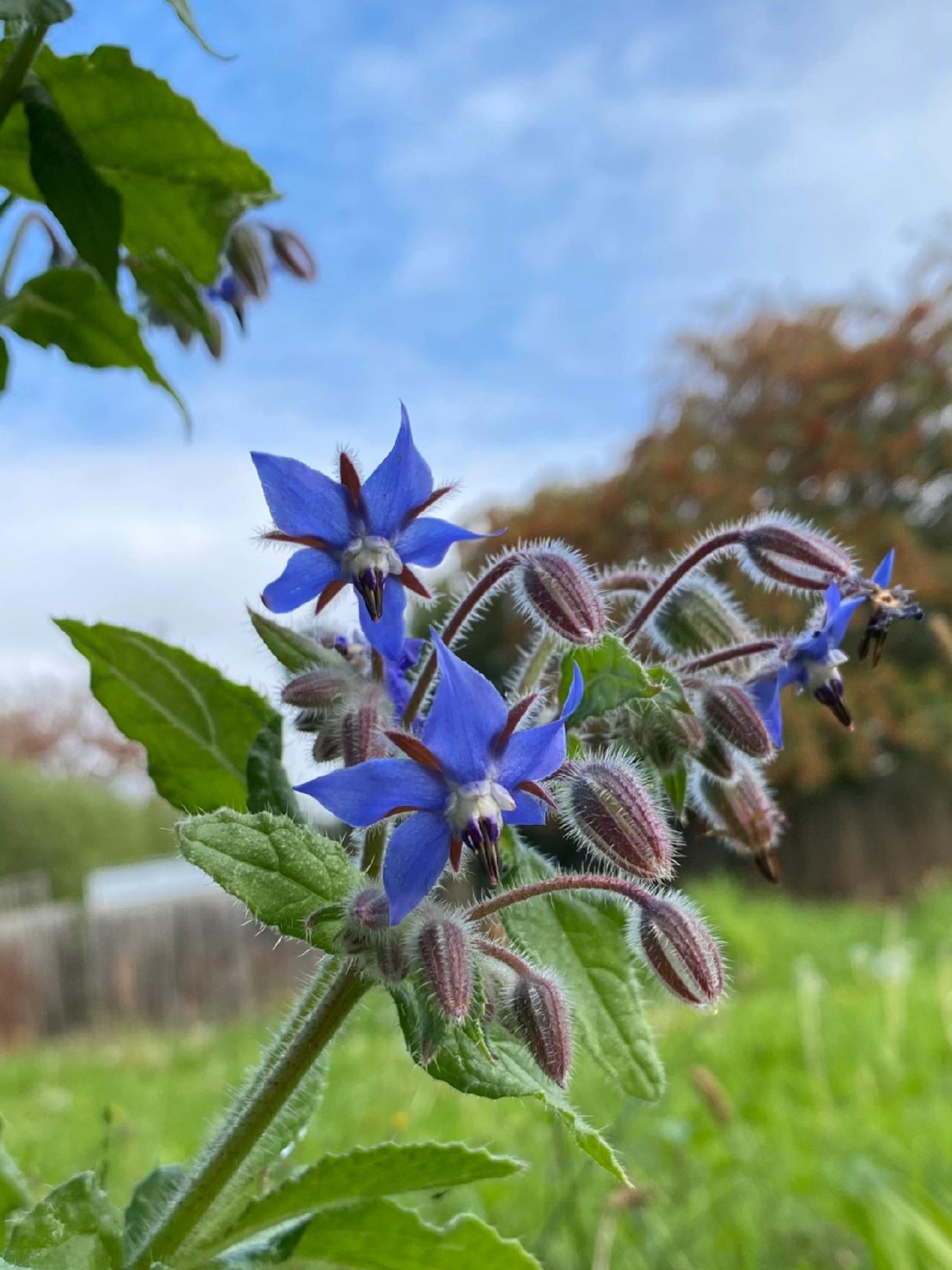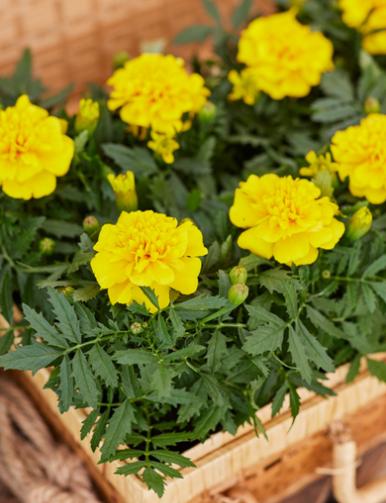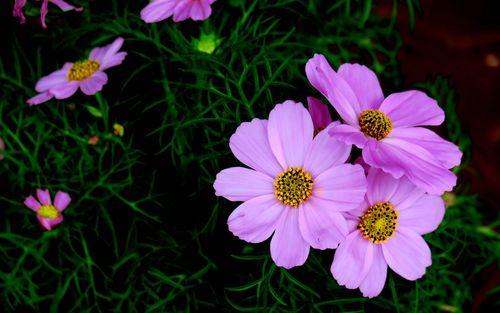The plant Blandfordia has an interesting story. Legend has it that the striking red flowers of this Australian native were believed to have been created by the gods to guide lost travelers through the dense forest. The flowers, resembling tiny torches, would illuminate the way and lead them safely to their destination. Today, Blandfordia continues to enchant botanists and nature lovers with its captivating beauty and the ancient tale it carries.
Picture
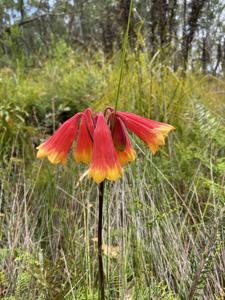
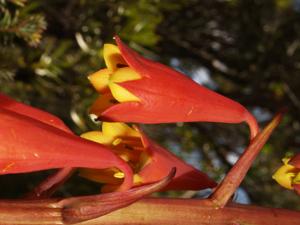
Plant some seeds now!
Short Description
Blandfordia, commonly known as Christmas bells, is a genus of four species of flowering plants native to eastern Australia. Christmas bells are tufted, perennial herbs with narrow, linear leaves and up to twenty large, drooping, cylindrical or bell-shaped flowers.
Description
Plants in the genus Blandfordia are tufted, perennial herbaceous monocots with fleshy, fibrous or tuber-like roots from a corm. The leaves are narrow linear, usually crowded in two ranks from the base of the flowering stem. Up to twenty flowers are arranged near the top of the flowering stem that has small, leaf-like bracts. The flowers are usually red with yellow lobes. The sepals and petals are fused to form a tube-shaped, cylindrical or bell-shaped flower with six lobes about one-fifth the length of the tube. There are six stamens fused to the inside wall of the flower tube and the style is linear. Flowering occurs in spring or summer and is followed by the fruit which is a capsule, tapered at both ends and containing a large number of hairy brown seeds.

